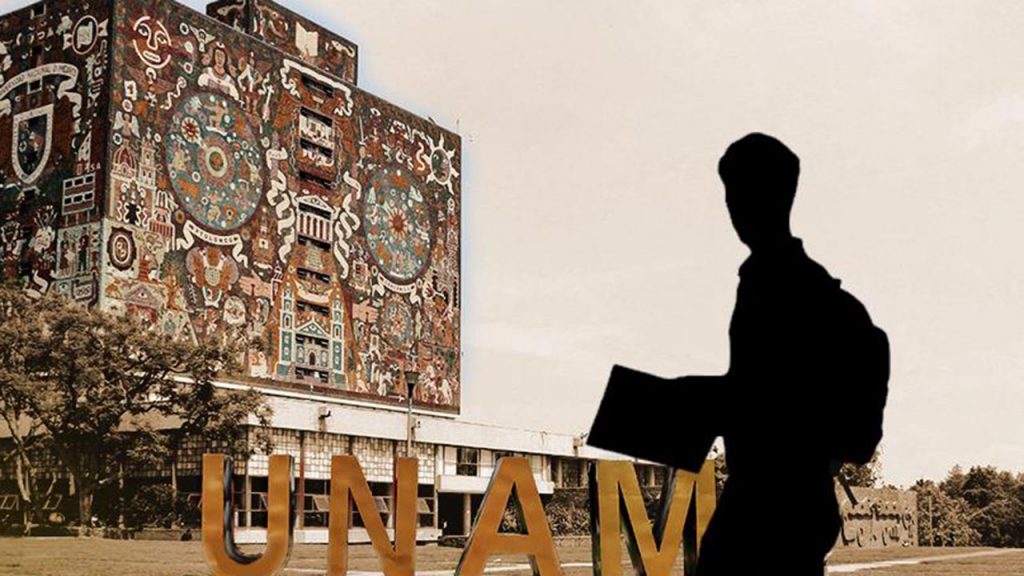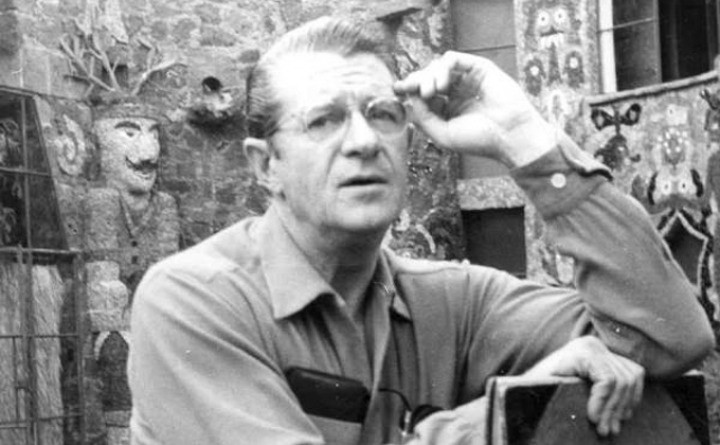
The National Autonomous University of Mexico (UNAM), also known as the Maximum House of Studies, is one of the most prestigious universities in Mexico, and one of the highest rated in all Latin America.
In addition, UNAM is also one of the oldest educational institutions in the country, since its beginnings, as it is now known, date back to the time of the Porfiriato, however, it is said to be the successor of the Royal and Pontifical University of Mexico, which was founded after the Conquest of Mexico, in 1551, and it functioned until the time of the Second Empire which was established in Mexico, that of Maximilian of Habsburg, in 1865.
In fact, it was Maximilian himself who had it closed. Initially, it was thought of reforming, but finally it was considered to close it definitively, in line with the liberal model, on November 30, 1865.
At first, UNAM was not autonomous, since this was achieved until 1929. In addition, its main campus, Ciudad Universitaria, was built until the early 1950s. It was on June 5, 1950 that the foundation stone of the City was formally laid University, of the building that would later become the Science Tower.

Subsequently, on November 20, 1952, the Dedication of the University City was held, a ceremony led by President Miguel Alemán Valdés, with which the University City (CU) was officially inaugurated.
And the fact is that UNAM has become a benchmark not only because of the excellent academic quality it offers, since some of the most brilliant minds in Mexico have graduated from this institution, but also because of the architectural ensemble that makes up its central campus, a complex in which the Central Library stands out, which stands out. was inaugurated on a day like today, April 5, but in 1956.
This was conceived by the architect and painter Juan O'Gorman, and stands as a work of art, because in addition to its value as a property, its impressive murals are also added. These were created with small mosaics that, it is said, O'Gorman obtained in different quarries that he visited during a tour of different states of the Republic in which he was looking for the perfect shades. The result was 4,000 square meters, in which the color blue stands out, because since no quarry was found in the tone that the artist was looking for, he chose to replace them with pieces of glass.
O'Gorman developed the concept against time and designed it with a narrative divided into the four cardinal points, along which he recounts the duality that has prevailed in Mexican culture, as well as various historical events in Mexico.

North Wall: This is dedicated to the pre-Hispanic period of Mexico. Elements such as the sun and the moon, life and death summarize the duality of some cultures of this period. In addition, O'Gorman made sure to investigate the link that some deities such as Quetzalcoatl, Tlaloc and Huitzilopochtli had with life.
South Wall: Once again we observe the duality, the confrontation of ideas, the conquest and the implications it had for Mexico. Two circles summarize the opposing ideas of Ptolemy and Copernicus as a reflection of duality and the revolution of ideas. At the same time, two visions of the conquest are confronted: on the one hand, the positive aspects that the arrival of the Spaniards had, and on the other, the negative aspects that it meant for national culture.
Muro Oriente: The evolution of thought is the thematic axis of this facet, where the duality of life in the contemporary country-world, is confronted. Elements of the socialist movement, such as the red star, coexist with figures such as that of Emiliano Zapata. The progressive movement culminates with the atom, a symbol that represents this evolution.
West Wall: O'Gorman dedicated this last face to the exaltation of UNAM, and what the development of the architectural complex represented. This face of the mural summarizes national culture, scientific knowledge, sports and student life.
KEEP READING:
Últimas Noticias
Debanhi Escobar: they secured the motel where she was found lifeless in a cistern
Members of the Specialized Prosecutor's Office in Nuevo León secured the Nueva Castilla Motel as part of the investigations into the case

The oldest person in the world died at the age of 119
Kane Tanaka lived in Japan. She was born six months earlier than George Orwell, the same year that the Wright brothers first flew, and Marie Curie became the first woman to win a Nobel Prize

Macabre find in CDMX: they left a body bagged and tied in a taxi
The body was left in the back seats of the car. It was covered with black bags and tied with industrial tape
The eagles of America will face Manchester City in a duel of legends. Here are the details
The top Mexican football champion will play a match with Pep Guardiola's squad in the Lone Star Cup

Why is it good to bring dogs out to know the world when they are puppies
A so-called protection against the spread of diseases threatens the integral development of dogs




